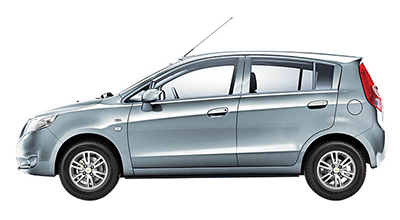
The newly launched Chevrolet Sail U-VA wishes to rub shoulders with the segment leaders. We test it to know ifit can be the future crown bearer
IT COMES FOR GRANTED hat when you buy something a ittle less expensive, you will ave to make a compromise omewhere or the other.
Like a issing button on a shirt ht under a 50 per cent discount bunch of annoying fellow travellers on a budget trip, poor air- conditioning in a fancy hotel and, coming to the main topic, less cabin space in a small car. But why should you? With the roads getting more crowded with every passing day, diminishing parking space and sky-rocketing fuel prices, it does make sense to buy a small car, but definitely not at the cost of your comfort.
Now that I have raised the bar so high, I must give you a product that fits it well too and I have something apt in mind, the newly launched Chevrolet Sail U-VA. The car has come at a time when there is already a long list of options waiting for buyers in the market. That means the Sail will have to fare exceptionally well vis-a-vis its rivals in every test in order to make a good first impression. And does it? We find out.
The Chevrolet U-VA may not look like ‘a sugar in a plum’, but was quite a head-turner on the public roads owing to its fresh looks. New stretched back headlamps and edginess that the new styling brings along take away the boring ‘Plain Jane’ feel from the looks of the Sail, which spoiled the show for the old Chevrolet U-VA. What its sibling Beat does with sci-fi ‘Transformers’ looks, the Sail may not do that, but it will appeal to those looking for a car that neither announces its arrival nor goes unnoticed.
Open the door and you are welcomed by a rather humble looking cabin. A wide windscreen offers good visibility. Basic instrumentation, dual-tone interior and decent storage space make for the other highlights of the cabin. The quality of plastic didn’t quite feel up to the mark, though.
Talking of the engine and the drive, the new Sail comes with a 1,248-cc, four-cylinder, turbo-diesel engine, the same mill that we know as the ‘FIAT Multijet’, but with notable changes. Offering peak power and torque of 78 PS and 205 Nm, respectively, the gearing of the Sail has been kept short for the first three gears (thus necessitating frequent gear-shifts at lower revs) and tall in the fourth and fifth gear, giving the car a better top-speed than the competition (163 km/h). The acceleration run showed that the car crossed the 100 km/h mark in a little over 16 seconds. Just as one would expect from a diesel city car, the torque has been focused towards the bottom and the mid-range, thus making the top end suffer a little. So the car offers a good drive through the city, but doesn’t feel that ‘hot’ on the highway. Furthermore, due to the focus on the bottom end and mid- range there is a linear pull from 1,000 revs and above with no major turbo lag whatever, something that is hard to be seen in other cars with the same engine. The blame for the car feeling sluggish must go to the extra weight it brings along.
The engine also loses on the refinement front and insufficient insulation brings in a lot of that noise inside the cabin. The NVH levels aren’t that impressively low either. With Mac-Pherson struts at the front and twisted axle suspension at the rear with filled shock-absorbers (at both front and rear), the suspension of the car is good for both bumpy city roads and highways. Good on-road stability adds to the driver’s confidence.
Talking of creature comforts, the car offers plenty of that. The front-row seats are wide and offer good support to the back and shoulders. The seats in the second row, being upright are comfortable only for short city spins, can be uncomfortable for longer drives.
The USP of this car, as hinted before, is the space it offers. With one of the best cabin spaces in the segment, the Sail will appeal to those looking for a spacious hatch for the family. The boot space is another feather in the cap and can be increased further by pulling down the second row to make a flat-bed. There is ample leg-room in the front and good knee-room at the back.
Now comes the criterion Chevrolets haven’t had their best hand at: fuel economy. The company has worked upon this front and the Sail offers an overall 15.25 km to a litre, by far the second best figure we have obtained from all the Chevy cars we have tested (after the Chevrolet Spark).
Talking of pennies and cents, the Chevrolet Sail LS comes at Rs 6.93 lakh (OTR, Pune), the second most expensive car of the lot after VW Polo TDI Comfortline.
VERDICT
The new Chevy Sail U-VA adds to the segment with tough contenders like VW Polo, Maruti Suzuki Swift, Škoda Fabia and Toyota Liva, etc, and doesn’t really bring along anything with it which would slingshot it straight to the top of the ladder. It isn’t anything like a hot hatch that will make you win drag races at night and howl through the traffic by the day, but this would definitely be your companion for drives with family and fresh looks to convince the lady of the house. And since there aren’t many options in the segment that offer as good cabin space as the Sail does, it scores on that front too.
Story: Gasha Aeri-Alawani
Photography: Rommel Albuquerque







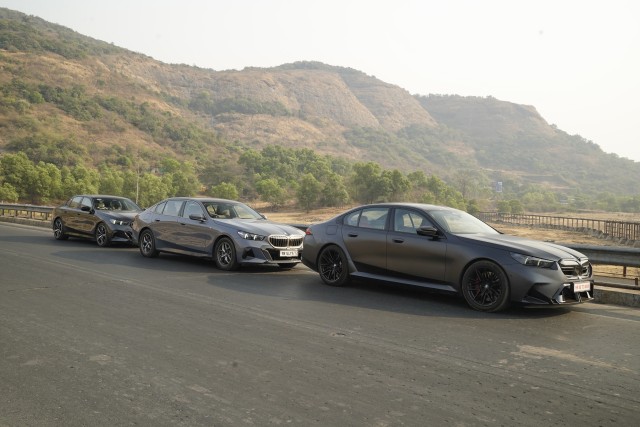
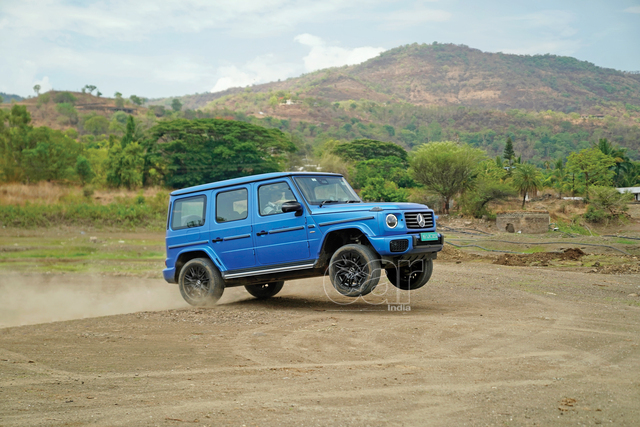
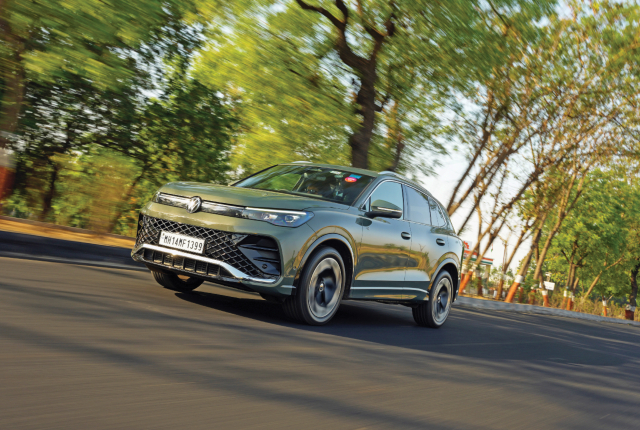
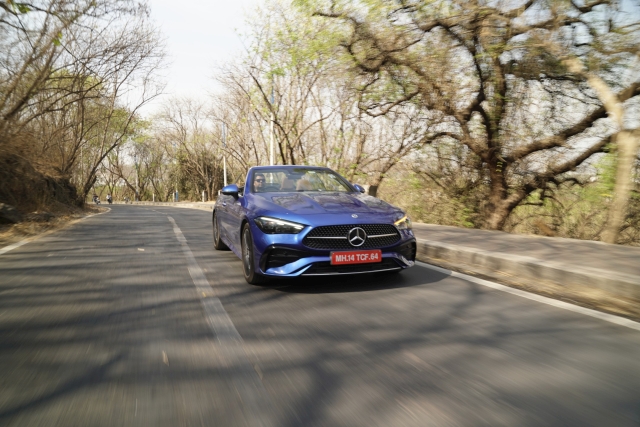

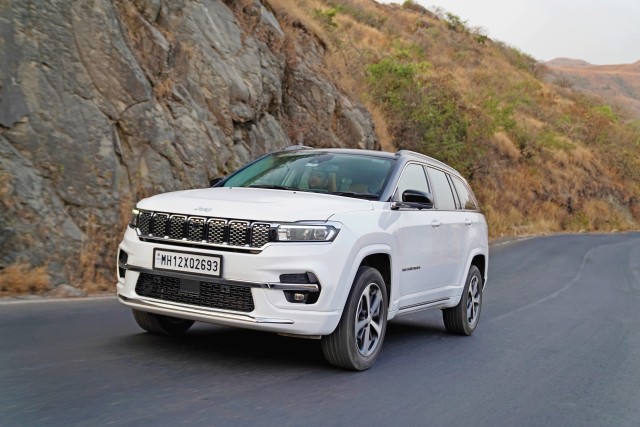
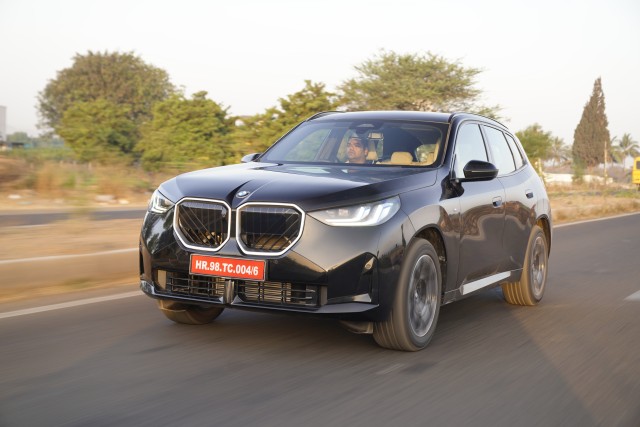
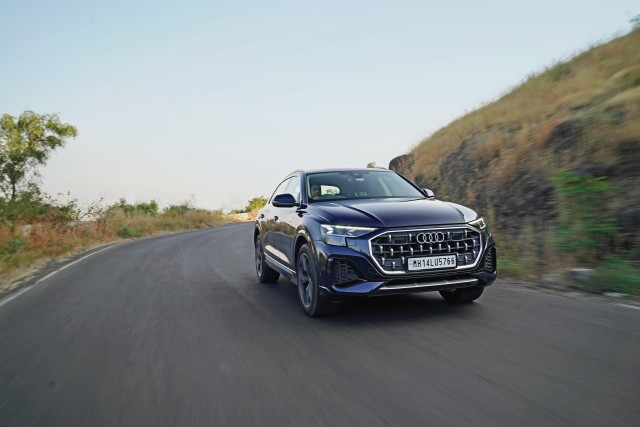
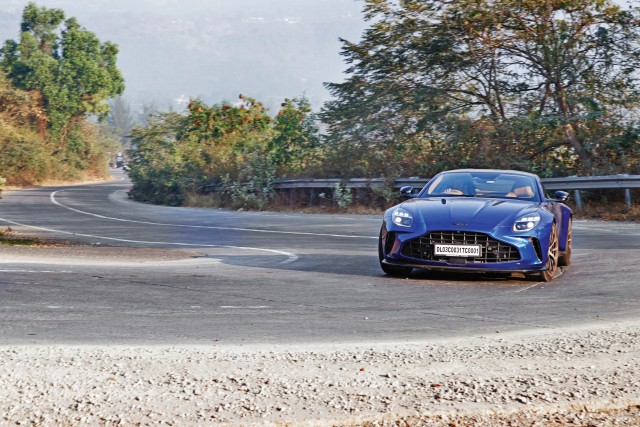
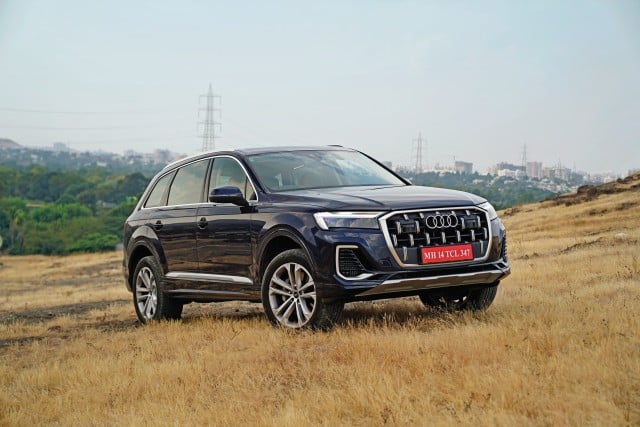
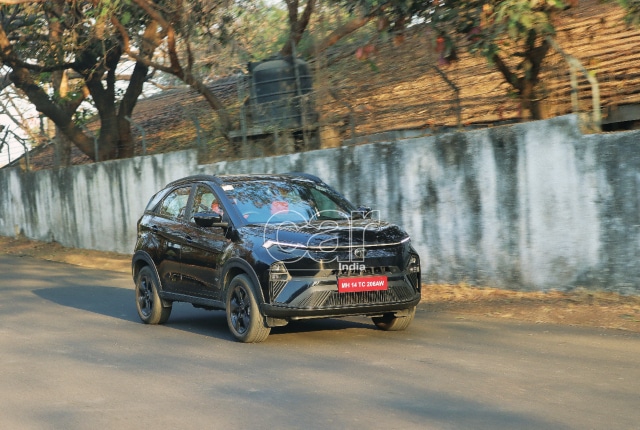



Leave a Reply